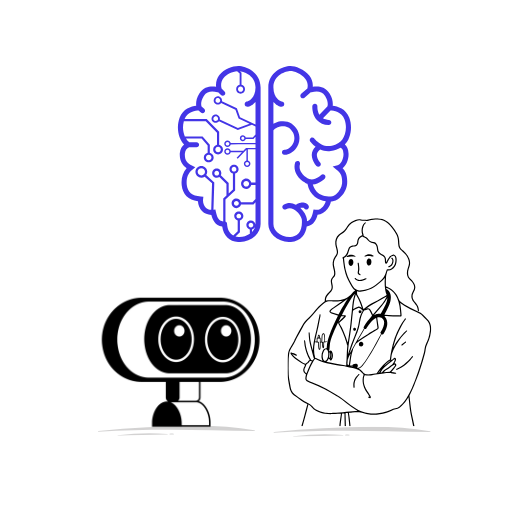
The New Era of Veterinary Medicine
Veterinary medicine is undergoing a digital transformation. As clinical demands rise and the volume of patient data grows, veterinarians are looking for tools that improve efficiency without compromising quality of care. Artificial intelligence (AI) has emerged as one of the most powerful enablers of this change.
AI is not about replacing veterinarians—it’s about enhancing clinical judgment, optimizing workflows, and freeing professionals to focus on patient care. The result is a smarter, faster, and more connected approach to veterinary practice.
Smarter Diagnostics and Data-Driven Decision Support
Every patient visit generates a wealth of information—exam notes, lab results, images, and historical data. AI systems can process and analyze these inputs in real time to help clinicians make more accurate and consistent decisions.
For example, AI-driven diagnostic tools can flag subtle patterns in radiographs or cytology slides that might go unnoticed by the human eye. Machine learning algorithms trained on thousands of cases can suggest potential diagnoses, predict treatment outcomes, and highlight anomalies that warrant closer review.
By supporting evidence-based decisions, AI helps veterinarians improve diagnostic confidence and deliver more precise, timely care.
Automating Documentation and Clinical Workflows
One of the most time-consuming parts of veterinary practice is documentation—creating SOAP notes, updating medical histories, and summarizing client communications. AI is dramatically reducing that burden.
Platforms like Scriptover use natural language processing to convert spoken conversations, lab data, and annotated images into complete clinical notes automatically. Instead of spending hours typing after appointments, clinicians can review, edit, and approve structured notes within minutes.
This automation improves accuracy, ensures consistency across records, and saves valuable time—allowing veterinarians and nurses to focus on patients instead of paperwork.
Enhancing Client Communication and Education
AI isn’t only transforming what happens inside the exam room—it’s improving how veterinarians communicate beyond it. Intelligent systems can generate personalized treatment summaries, discharge instructions, and follow-up reminders tailored to each pet owner.
Some tools even offer multilingual support and educational resources, helping bridge communication gaps in diverse client populations. The outcome is better understanding, higher trust, and stronger long-term relationships between veterinarians and pet owners.
The Future: Collaborative AI in the Clinic
The next evolution of AI in veterinary medicine is real-time collaboration. Imagine a workflow where an AI assistant listens during the consultation, structures the case in the background, and prepares a draft record—ready for clinician approval before the client leaves.
Such systems can also surface context-aware suggestions, like relevant diagnostic tests or treatment options based on the case presentation. In the near future, AI will act as a co-pilot in the exam room—quietly handling repetitive tasks while empowering clinicians to make faster, data-driven decisions.
Empowering, Not Replacing, Veterinarians
At its core, veterinary medicine is built on compassion and expertise—qualities that no algorithm can replace. AI’s true value lies in its ability to enhance human intelligence, not substitute it.
By taking on repetitive tasks and delivering actionable insights, AI allows veterinarians to practice at the top of their license—spending more time on patient care, mentoring, and clinical innovation.
The clinics that embrace these technologies today will define the next generation of veterinary excellence—more efficient, more connected, and more focused on what matters most: healthier animals and happier teams.
Start Your Journey with Scriptover.png)




